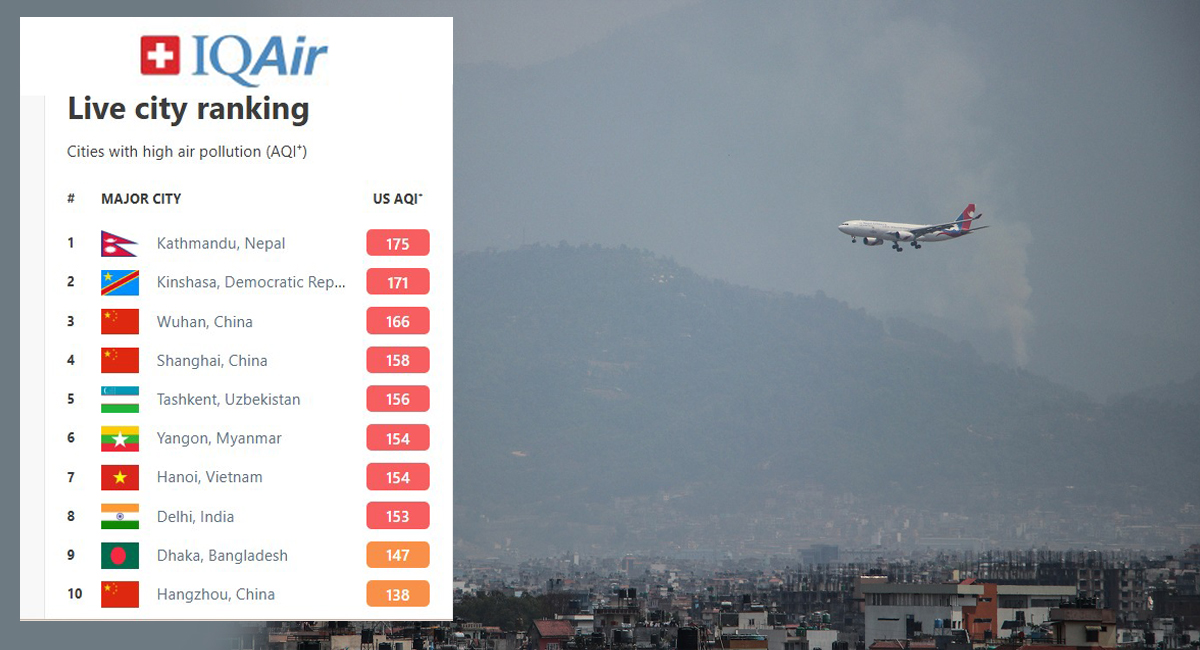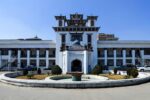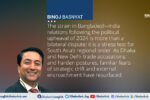KATHMANDU: Nepal’s capital, Kathmandu Valley, has been ranked the most polluted city in the world. According to air quality measurements by Swiss company IQAir, Kathmandu reached the top spot on Saturday evening.
At present, Kathmandu’s average Air Quality Index (AQI) is 175, which falls under the unhealthy category. In Lalitpur’s Jawalakhel, the AQI has reached 213, marking the air pollution level as very unhealthy.
Following Kathmandu, Kinshasa, the capital of the Democratic Republic of the Congo, ranks second on the list of the world’s most polluted cities. Other cities in the top 10 include Wuhan and Shanghai in China, Tashkent in Uzbekistan, Yangon in Myanmar, Hanoi in Vietnam, Delhi in India, Dhaka in Bangladesh, and Guangzhou in China.
In Kathmandu Valley, air pollution typically worsens after the monsoon winds retreat towards the Bay of Bengal in late September. Pollution from vehicles, dust carried by wind, and dry western air contribute to poor air quality.
From mid October, as western winds become active and temperatures drop, rainfall decreases. Cold air remains closer to the ground, trapping dust and smoke particles in the lower atmosphere. This condition persists from February to June during Nepal’s hot and dry summer season.
In past years, Kathmandu’s air quality has repeatedly ranked as the most polluted in the world during the summer months. This year, unhealthy air levels have been recorded since early November, coinciding with the start of the winter season.
Health experts warn that air pollution severely impacts the respiratory system, especially the lungs. Prolonged exposure to polluted air during winter can lead to various health issues, including swollen hands, feet, and eyes, and significantly increases the risk of heart attacks.
Doctors advise wearing masks to prevent toxic air particles from entering the lungs, especially during the winter months when pollution levels are high.









Comment